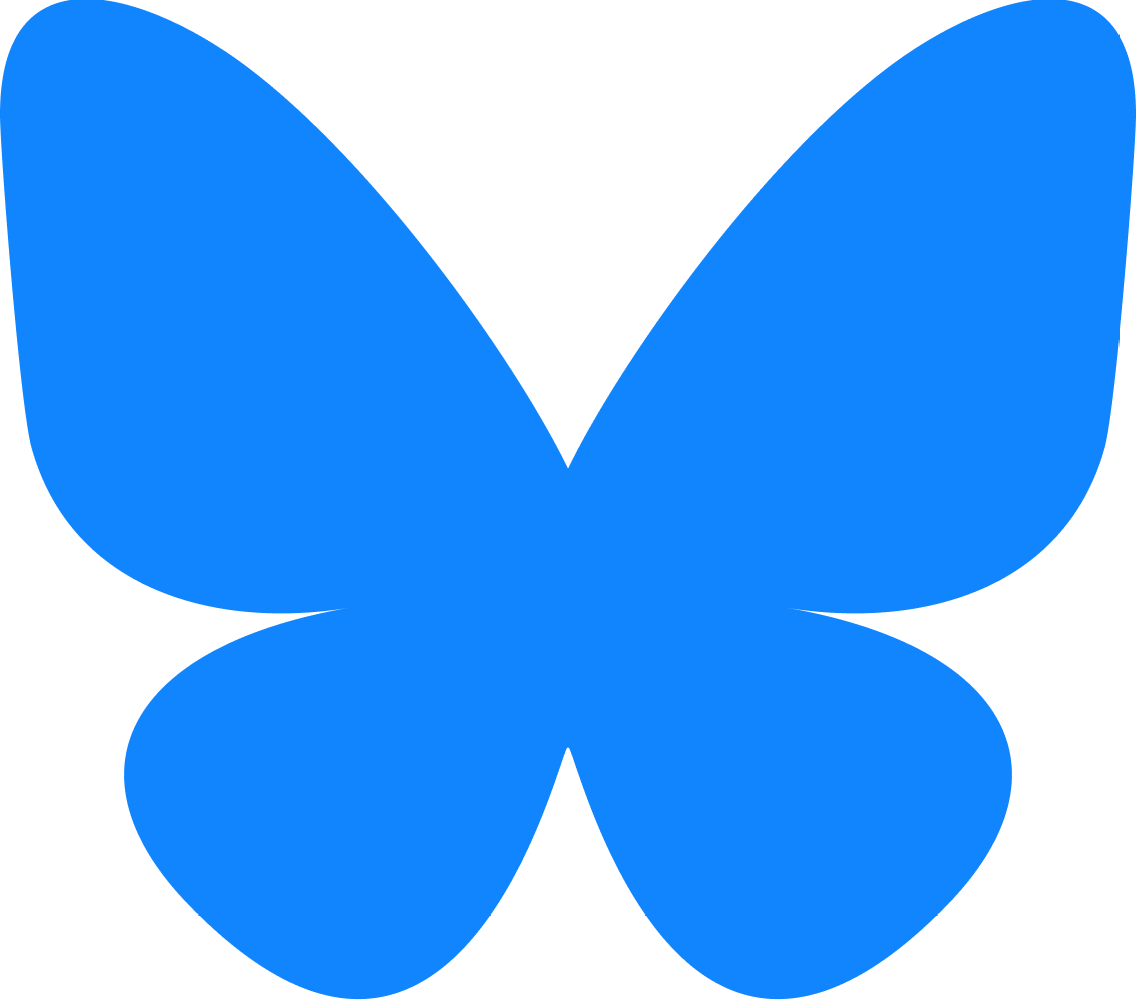Sugarbag Dreaming
The Significance of Bees to Yolngu in Arnhem Land, Australia
DOI:
https://doi.org/10.52537/humanimalia.9927Abstract
Bees, with their ability to make sweet tasting honey, have been highly valued across many human cultures spanning thousands of years. In relation to western husbandry techniques, honeybees (Apidae) have been domesticated by humans to produce honey in large quantities for human consumption. The focus of this paper is not on the well-known, widespread honeybee but a close family relative of the Apidae, the smaller, stingless bee (Meliponidae). For Yolngu living on country, in the homeland communities of northeast Arnhem Land, Australia the relationship with these local, endemic bees is quite different from the large-scale beekeeping industry used to pollinate major agricultural crops. A highly anticipated activity is sugarbag season where Yolngu men, women and children undertake excursions into the bush in search of these tiny bees to extract honey. The bee is celebrated through “Sugarbag Dreaming”: in song, dance, painting and ceremony. This paper examines some of the ways that people and bees converge in Arnhem Land. Through the many layers of meaning, the paper aims to demonstrate how Yolngu philosophy recognises bees as being an integral part of an interconnected and complex ecology.
Downloads

Published
Issue
Section
License

This work is licensed under a Creative Commons Attribution-NonCommercial 4.0 International License.









